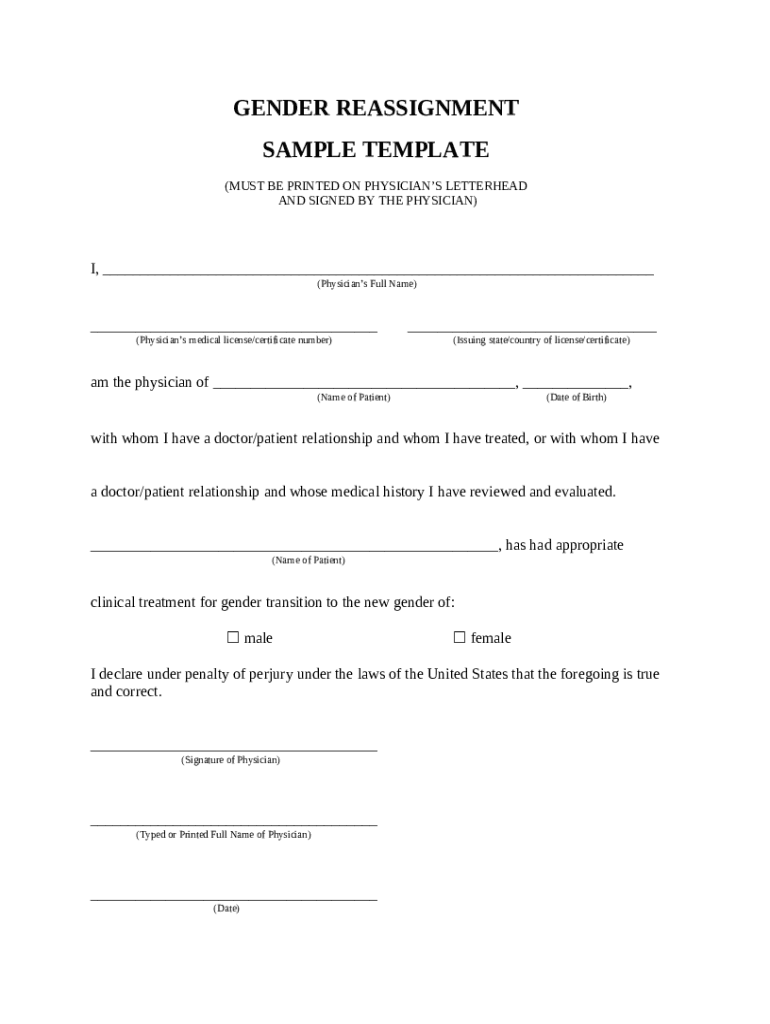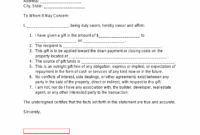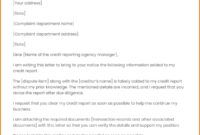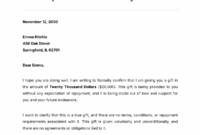Navigating the path to gender affirming surgery is a deeply personal and significant journey, often requiring careful preparation and adherence to specific guidelines. Among the crucial steps involved is obtaining a letter of support from a qualified mental health professional or medical provider. These letters serve as a vital component in your surgical consultation process, helping to ensure that your medical team and insurance providers understand your needs and readiness for surgery.
For many, the idea of drafting or even understanding what goes into such a document can feel overwhelming. That is where a reliable gender affirming surgery letter template can become an invaluable resource. While templates provide a foundational structure, it is essential to remember they are a guide, meant to be personalized and adapted to your unique circumstances and the specific requirements of your surgical team and insurance.
Understanding the Purpose of a Gender Affirming Surgery Letter
The letter of support for gender affirming surgery is far more than just a formality; it is a critical document that plays several important roles in your medical journey. Primarily, it acts as a professional endorsement from a mental health or medical provider, confirming your diagnosis of gender dysphoria and your psychological readiness for surgical intervention. This is often required by surgical teams to ensure you have received appropriate mental health evaluation and support in line with established medical standards, such as those set by the World Professional Association for Transgender Health (WPATH).
These letters also serve as a key piece of documentation for insurance companies. Many insurers require proof of medical necessity for gender affirming procedures, and a well-written letter from a qualified professional helps to fulfill this requirement, potentially impacting coverage decisions. The letter outlines the medical and psychological rationale for the surgery, detailing the impact of gender dysphoria on your life and how surgery is expected to alleviate this distress, thereby improving your overall well-being.
Moreover, the letter provides your surgical team with valuable insight into your journey, your understanding of the surgical process, and your support systems. It helps them to understand you as a whole person, beyond just the medical procedure itself, fostering a more holistic and compassionate approach to your care. The document essentially bridges the gap between your mental health care and your physical surgical care, ensuring a coordinated and comprehensive treatment plan.

Ultimately, these letters are a testament to your readiness and informed consent for gender affirming surgery. They confirm that you have explored your gender identity, understand the implications of surgery, and are prepared for the changes it will bring. It is a vital step in affirming your self-identity and moving forward with a life that aligns more authentically with who you are.
Key Elements Your Letter Should Address
When working with your provider to develop this crucial document, ensure it covers the following points:
- A clear diagnosis of gender dysphoria, as per current diagnostic criteria.
- The duration and consistency of your gender identity and experience of gender dysphoria.
- An assessment of your psychological readiness for surgery, including your capacity for informed consent.
- Confirmation that any significant mental health concerns are stable and well-managed.
- An overview of your social support systems.
- The credentials of the professional writing the letter, including their license number and contact information.
Crafting Your Letter: Tips for Using a Template Effectively
While the idea of a gender affirming surgery letter template might suggest a simple fill-in-the-blanks approach, its most effective use involves a collaborative and thoughtful process. A template should be viewed as a robust framework that ensures all necessary information is included, rather than a script to be rigidly followed. Your mental health professional or medical doctor will work with you to personalize the template, ensuring it accurately reflects your unique journey and meets the specific requirements of the surgical team and insurance provider.
The goal is to create a letter that is both comprehensive and deeply personal. It should convey a professional understanding of your situation while also highlighting your individual experiences and readiness for surgery. This means that while a template provides the structure, the content within it must be tailored. Discuss with your provider how your specific history, experiences, and goals can be integrated into the standard sections of the letter, making it a powerful and authentic representation of your needs.
Remember that the language used in the letter should be clear, respectful, and affirming. It should avoid outdated terminology and instead use language that is inclusive and medically accurate. Your provider, being familiar with current best practices in transgender healthcare, will be instrumental in ensuring the letter adheres to these standards, reflecting a modern understanding of gender identity and medical necessity.
Finally, always ensure that the completed letter is reviewed thoroughly by both you and your provider before submission. Check for accuracy of dates, names, and diagnoses. Confirm that all required sections are addressed and that the letter presents a cohesive and compelling case for your surgery. A well-crafted letter, even when built upon a gender affirming surgery letter template, is a powerful advocate for your care, helping you move forward with confidence and peace of mind.
Embarking on gender affirming surgery is a profound step towards living authentically, and having a well-prepared letter of support is integral to this process. By understanding its purpose and working closely with your healthcare providers, you can ensure this crucial document effectively communicates your readiness and need for care. This careful preparation not only streamlines your journey but also provides a sense of empowerment as you move closer to realizing your true self.



